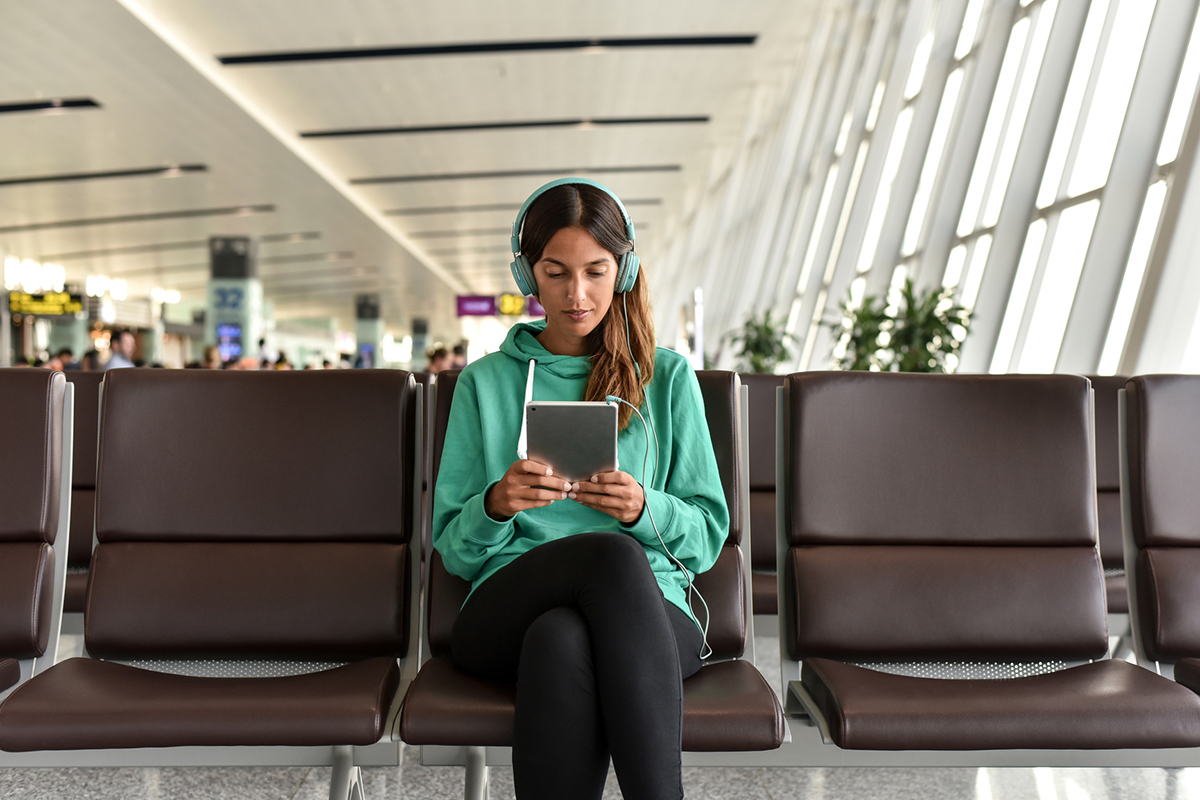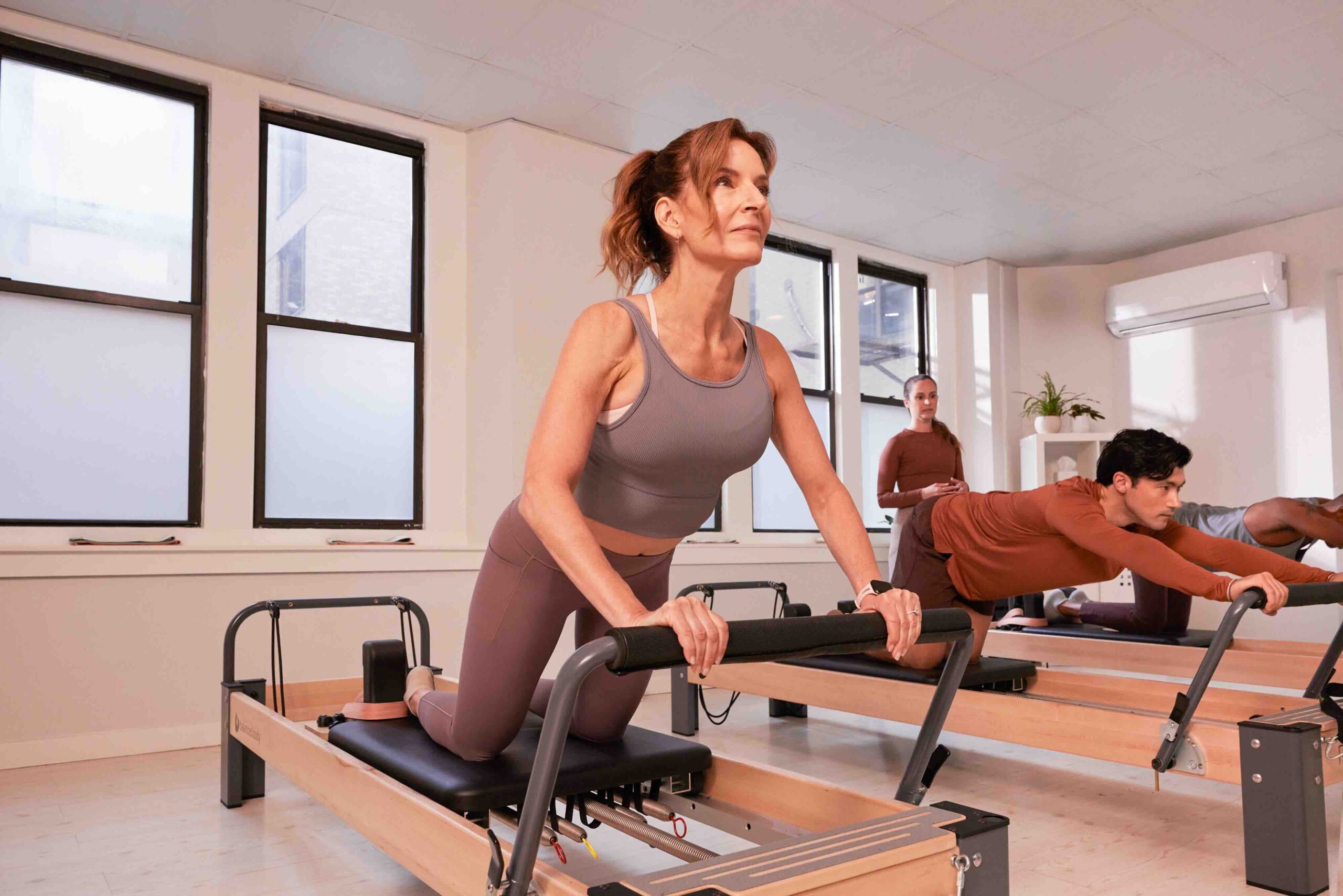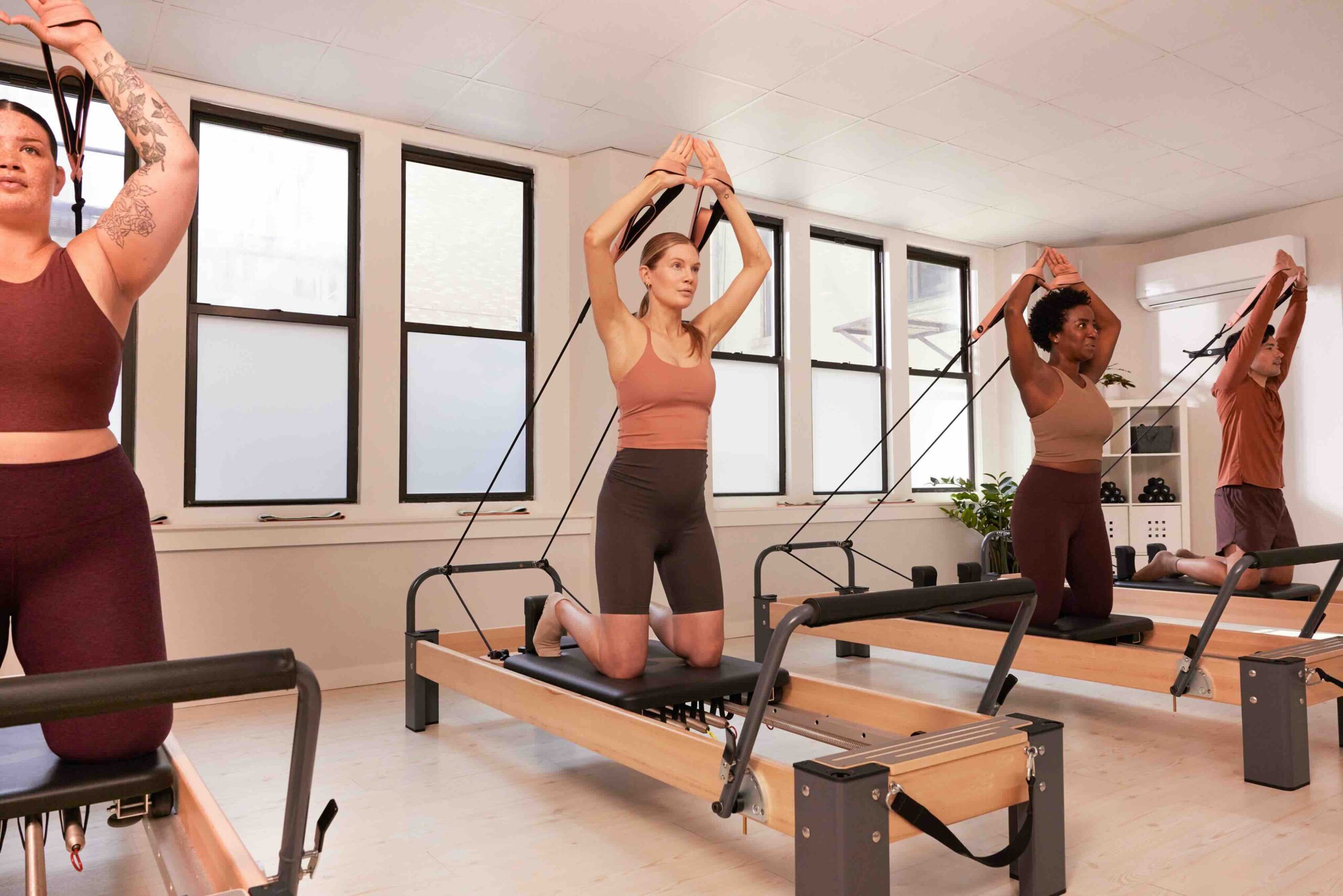Getting into a routine is one of the hardest parts of getting fit, and as much as we like a break from the daily grind, we really hate that feeling of getting back into the groove after going out of town. Sure, there’s ClassPass’s flex option for big-city trips, but your beach getaway to an exotic island? That’s a little harder to coordinate.
How to pack your fitness gear when travelling
One of the best ways to set yourself up for fitness success is to come prepared with all the workout gear you need, and that means thinking about what you’re able to bring with you when you’re traveling. We spoke with Lisa Farbstein, who works in the TSA’s Office of Public Affairs, to get the official word on how to pack your gym equipment.
Do your homework
“I highly recommend that travelers go to the TSA homepage,” Farbstein said. “In the upper right-hand corner of the homepage it says: ‘What Can I Bring?’ Click on those words and it will take you to a page where travelers can type in an item and click ‘search’ to find out if an item is allowed in a carry-on bag, checked bag, either or neither. It’s a great handy tool that travelers can use when packing for a trip.”
Their plane, their rules
“Whatever people bring to a checkpoint is defined as a carry-on,” Farbstein said, when we asked whether you could bring a yoga mat in lieu of a carry-on bag. “Whether it counts toward the airline standard of two carry-on items, you’ll have to ask the various airlines. That’s for them to decide, not TSA.” As a general rule of thumb, remember that even if the TSA will let it past security, it’s always up to the airline’s discretion if they’ll transport it in the overhead compartment. Call your airline to be sure.
TSA isn’t worried about soft stuff
TSA agents are trained to look for potential threats, and that means thinking outside the box of what an item is traditionally used for. Even if boxing gloves make you feel empowered and like you can defend yourself, to a TSA agent, they’re simply soft objects, and not a security concern. Same goes for yoga blocks, fitness bands, soft weights (like ankle weights, used for snorkeling or walking) or exercise balls.
But anything hard might be a concern
“If the item can be used as a bludgeon, don’t bring it to the checkpoint,” Farbstein says. A “bludgeon” is defined as a “thick stick with a heavy end” which could easily be used to hurt people—think golf clubs, baseball bats, hockey and lacrosse sticks. That doesn’t extend to items like tennis rackets, which are light from end to end.
Size and context matters
In general, the larger and heavier an item is, the more likely someone is to object to it, even if it belongs to a category of item which the TSA allows you to carry on or check. “I don’t recommend placing hand weights/dumbbells in a carry-on bag. When in doubt, put it in a checked bag, because it comes down to the discretion of the TSA officer,” Farbstein says. The kind of light weights used for barre are more likely to be okay than a heavy set, but also, save yourself the trouble of lugging literal weights through an airport and check it.
Ask away!
The TSA also has a great Twitter account that can be helpful for finding out if something is allowed in a checked or carry-on bag. It’s called @AskTSA. Sent a tweet to @AskTSA with a photo of the item to ask if it is okay in a checked or carry-on bag, or just ask the question without the photo. You can also reach out via Facebook Messenger. And if you get impatient standing in the security line, check out their Instagram at @tsa. Once you see what some people try to bring on your flight, you’ll be glad they’re out there screening.







